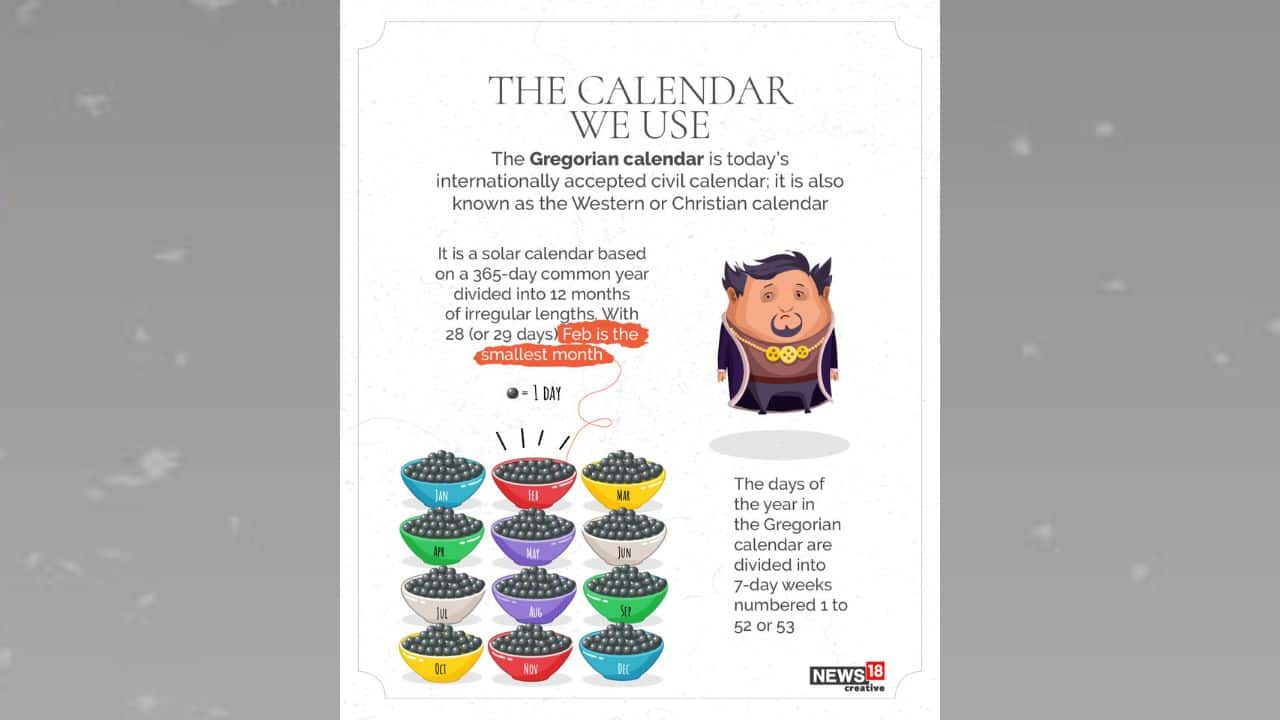
The Gregorian calendar is today’s internationally accepted civil calendar. It is also known as the Western or Christian calendar. It is a solar calendar based on a 365-day common year divided into 12 months of irregular lengths. With 28 (or 29) days, February is the smallest month.
Roman calendar was very complicated based on the phase of the Moon. The original Roman calendar consisted of 10 months beginning with March and ending in December, and everything else was just winter.
Intercalation (insertion or removal of days) was done to keep the calendar in sync with the astronomical seasons. These decisions were taken by a group of people.
In order to create a more standardized calendar, Julius Caesar created a more regulated civil calendar – a solar calendar based entirely on Earth’s revolutions around the Sun. This was known as Julian Calendar.
The Julian calendar was also flawed. It had a leap day every four years. the average year now had 365.25 days which was more than 365.24219 (Time Earth takes to make a full trip around the sun).
The Gregorian calendar was a reform of the Julian calendar. To fix the flaw in Julian calendar, two major corrections were made before implementing it.
Discover the latest Business News, Sensex, and Nifty updates. Obtain Personal Finance insights, tax queries, and expert opinions on Moneycontrol or download the Moneycontrol App to stay updated!








